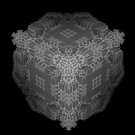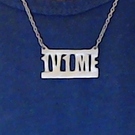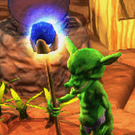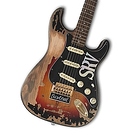Hi, let’s talk about asset pipeline.
-
What middle format do you use for models? DAE? FBX?
-
How your import process is organized? .bat file? custom Blender script? Importing models through the editor one by one?
-
Have you fixed z-up problem or you just rotate all models?

-
How quick you can make changes into your models? And how often you do?
-
What format you storing textures in? What format you converting them in for in-game use?
-
Is this an automated process? And how if it is?
-
What version control solution you use for your code and assets?
Right now I have no automation. I used to have .bat file that launches AssetImporter with every model added to it by hand, not cool. Using mostly FBX. Converting textures by hand. I use png when lazy and DDS when I need custom mip-maps or compression. I’m using git, pushing imported assets into it. I never had a lot of assets in my projects, but now I feel I should invest a bit of time into it.
So would like to hear anyone on this forum. What is your method and what do you think of it?
But especially I want to summon @Dave82 , @Enhex , @Modanung , @szamq , @JTippetts












